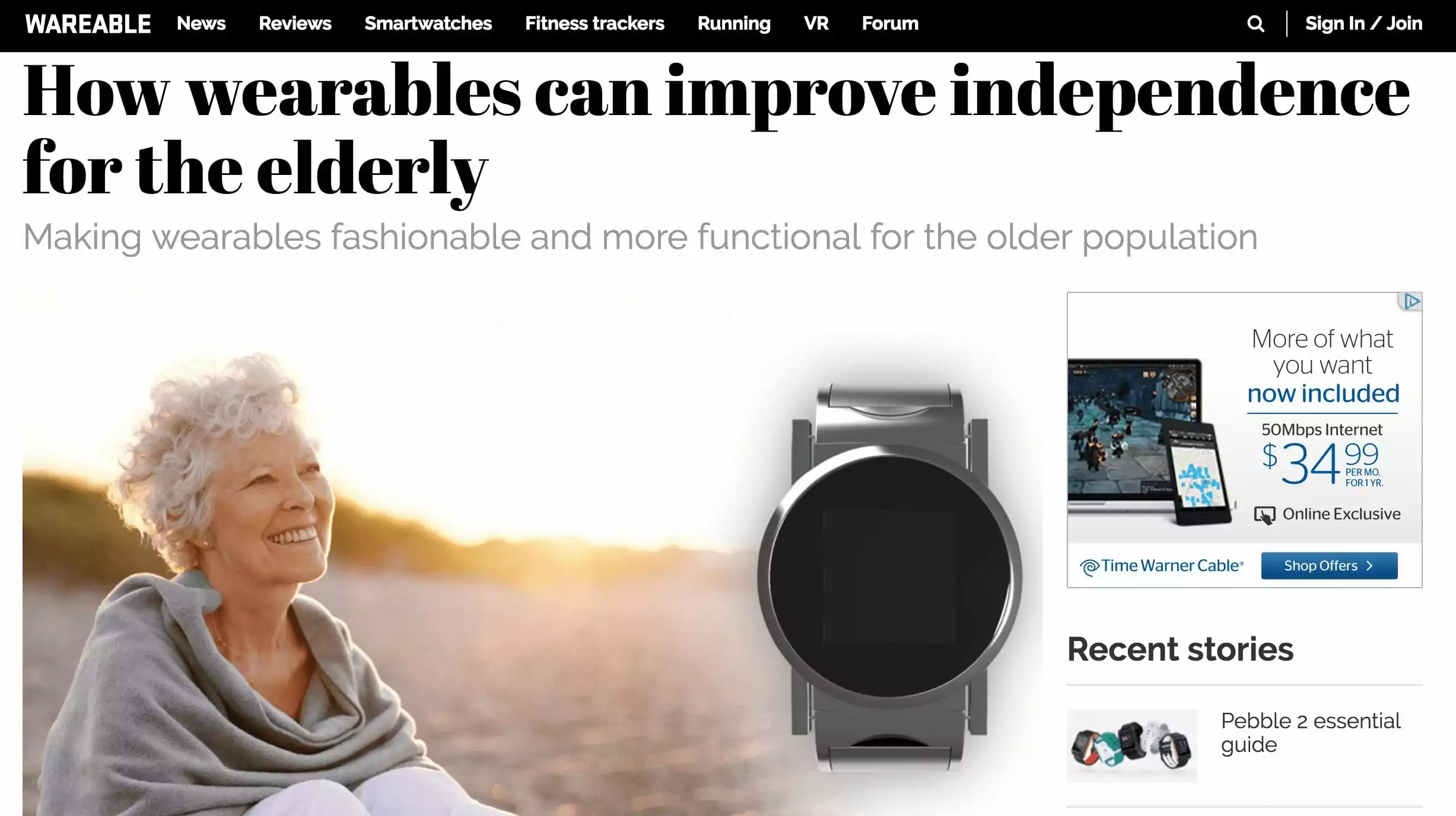- 30-day money-back guarantee
- No contract or commitment required
- Special promo: AARP and Military Veterans get one month FREE!
No contract or commitment required
 It’s a known fact that reaching a significantly older age is increasingly likely with the kinds of technology and medicine available today. In the UK, the over 65 population grew from 9.4 million in 2011 to 10.4 million, encompassing 16% of the population. Similar growth has been reported in the US.
It’s a known fact that reaching a significantly older age is increasingly likely with the kinds of technology and medicine available today. In the UK, the over 65 population grew from 9.4 million in 2011 to 10.4 million, encompassing 16% of the population. Similar growth has been reported in the US.
With an aging population, and many of us living for much longer comes the responsibility involved in caring for elderly relatives and loved ones – and your children caring for you once you’ve hit retirement age.
It’s something you want to think about, and it can be a touchy subject. But like it or not, we’re all going to be at that stage in life meaning a helping hand wouldn’t hurt.
While residential care is an option, many people want to maintain their independence rather than feel like they’re being treated as an elderly person. Home care is another option, but not everyone wants a stranger visiting regularly. That’s where a growing trend of wearable devices aimed specifically at the older, independent market can help.
The global wearable medical devices market is estimated at $3.3 billion as of 2015, yet in contrast, $6.3 billion has been spent in the US alone on glucose test strips for blood sugar level monitoring. Diabetes is just one of the chronic diseases that the elderly frequently suffer from with 80% of senior citizens suffering from one or more chronic diseases. It’s also a field in which wearables are slowly building respectability with projects such as arecent trial by the NHS paving the way.
Other concerns include dementia and numerous cognitive issues. A simple fall can easily turn into a much bigger problem if the elderly person isn’t found quickly, with dehydration kicking in much faster the older you are. Given the prevalence of people living alone at this age, much needs to be done to ensure this won’t happen.
Fortunately there are plenty of companies using wearables to hone in on this demographic to help combat these issues. Osterhout Design Grouphas already teamed up with several groups like NuEyes to providesmartglasses for ailing eyesight due to macular degeneration while iBeat is focused on keeping track of your heart beat around the clock.
Schrock Innovations’ Allen Band and UnaliWear’s Kanega Watch are two more wearables intent on keeping the older generation safe.
Read the rest of the article here.
Our mission is to extend independence with dignity for millions of vulnerable people. Read more
©2015-2025 UnaliWear Inc.
UnaliWear’s RealFall™ Fall Detection and additional proprietary technology are protected by the following US and International Patents: US Patent 10,051,410 and US Patent 10,687,193 * Mexico Patent 363492 * Australia Patent 2014321303 * Japan Patent 6346953 * China Patent 105765639 * European Patent 14845754 * Israeli Patent 244489 * Canada Patent 2,923,745

All AARP members and Military Veterans receive a FREE month added onto the end of the first year of service (offers cannot be combined). Use coupon code AARP or Veteran during checkout (right before you enter your credit card information) or mention it when ordering over the phone (888-343-1513).
If you want to order multiple watches, great! Otherwise, please click the cart icon and remove any extras from your cart prior to checking out. Contact our sales line at 1-888-343-1513 if you need assistance.
UnaliWear’s patented RealFall™ technology is based on actual fall data from Kanega Watch wearers and gets smarter about each wearer’s personal movements over time— continuously improving fall detection accuracy and limiting/eliminating false alerts. No other medical alert system offers this real fall/related movement learning and continuous improvement technology. Click here to learn more.